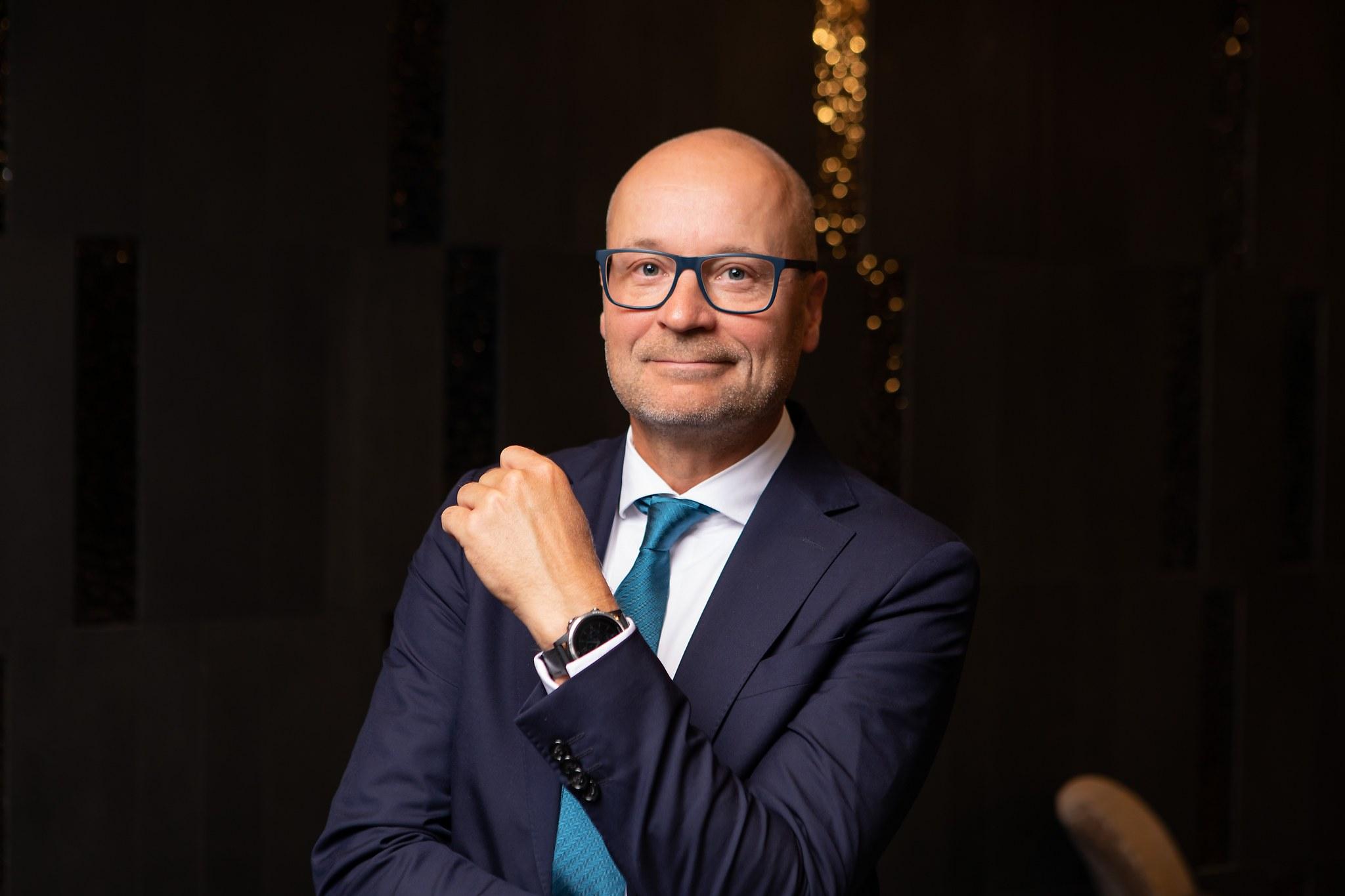Accurate and fast diagnostics depend on smooth processes. As the largest player in the clinical diagnostics field in Finland, HUS Diagnostic Center had a key role during the mass testing of Covid. The coronavirus experience highlighted the importance of standardised workflows, as will the extensive wellbeing services county reform that will go into force in Finland in 2023.
At Mylab’s 35th Anniversary Seminar in Tampere, Finland, in early September 2022, Petri Haapalahti Director of Physiology, Genetics and Preanalytics from HUS Diagnostic Center shared his experiences with digitalising processes to optimise workflows. Streamlining processes was a hot topic at the seminar.
Digital ECG workflow for 2 million patients
The Hospital District of Helsinki and Uusimaa (HUS) is Finland’s largest healthcare provider and second-largest employer (after the city of Helsinki). HUS Diagnostic Center’s 3,600 employees take care of medical imaging and laboratory services in its 160 units across a huge area of Finland.
Mylab and HUS have been cooperating for a long time, and HUS Diagnostic Center uses the My + ® total service.
In 2021, the diagnostic centre handled 1.5 million imaging examinations and 29.3 million laboratory tests. In other words, lots of information.
To streamline processes, HUS Diagnostic Center has – in close cooperation with Mylab – digitalised several core functions. One of the major projects was creating a combined digital ECG system for the entire HUS area.
HUS Diagnostic Center receives electrocardiograms from over 20 different hospitals, primary healthcare providers as well as exercise ECGs. Digitalising them was a “logistical nightmare,” as Petri Haapalahti, Director of Physiology, Genetics and Preanalytics at HUS Diagnostic Center, put it in his talk at Mylab’s 35-year-anniversary seminar.
All existing ECG carts in the whole HUS area were replaced with GE MAC-series equipment. HUS Diagnostic Center owns and is responsible for all carts. The same goes for the GE MUSE system, which is among the largest in the world, probably the largest of its kind – and the best, Haapalahti said. The system allows the ECGs to be taken anywhere.
Handling unsolicited ECGs turned out to be challenging, Haapalahti explained. When ECGs are taken for example at the emergency room, there might not be time to write an order first. Fortunately, Mylab and HUS Diagnostic Center came up with a solution: When unsolicited ECGs arrive, the system automatically generates an order from the relevant organisation. The patient’s personal information is added simply by reading the barcode of the person’s driver’s license or other ID.
This is key to keeping the database intact all the time, Haapalahti says.
Because the system was built thoroughly and well from the beginning, it doesn’t require more than two to four people to operate the digital ECG unit.
The digital unit is called Houston because they are dealing mainly with problems. Fortunately, troubleshooting is easy and fast, notes Haapalahti.
The MUSE implementation project started in 2008, and two years later it was rolled out in the entire HUS area. In 2015 and 2017 it was implemented in South Karelia and Kymenlaakso, respectively.
From complicated Covid testing to industrial-scale workflow
In early 2020, the workflows in clinical laboratories around the world were put to the test, when the novel coronavirus started spreading rapidly. It completely took over our daily work, remembered Petri Haapalahti.
At the beginning of the pandemic, the workflow for Covid-19 testing at HUS Diagnostic Center was rather complicated, and HUS was, until the 26th of February 2020, the only testing site in Finland.
A lot of different IT systems were involved, and it was slow and painful, Haapalahti described the initial process. Then the Coronabot system came; we started utilizing the possibility for citizens to book their appointment, and the workflow was simplified.
In October 2020, a network of 50 sampling sites had been set up in cooperation with the private sector. Mass sampling also took place at construction sites, educational institutions, Helsinki Airport, harbours and border crossing sites in the East.
The digitalised Covid test solution was developed in cooperation with Mylab. At best, it would only take 6 hours from the first symptoms occurred until the citizen would receive a text message with a ready test result.
Haapalahti and his colleagues could also test for S-gene target failure as an omicron marker and follow live, how new variants evolved during the cause of the pandemic.
When things change fast, we were glad to have a great partner in Mylab, Haapalahti stated.
Even when the Finnish government declared that everybody could get tested, the HUS team could still manage… until January 2022, when Omicron started spreading like a wildfire. Soon after, the extensive testing was stopped.
The digitalisation of the covid testing workflow did not only shorten the testing process. It also made it possible to utilise data for charts, showing who got sick. How old were they? Where did they live? Epidemiologists could then analyse this data and come up with suggestions on how to act. Should schools be closed? Or masks recommended?
The coronavirus made the importance of accurate diagnostics clear to everyone, Haapalahti stressed.

Petri Haapalahti is Director of Physiology, Genetics and Preanalytics at HUS Diagnostic Center.
FACT BOX
HUS Diagnostic Center
- 29,3 million laboratory tests (2021)
- 1,5 million imaging examinations (2021)
- 160 units
- 3,600 employees
- Operating revenue: 570 million euros (2021)
- Population base: about 2 million
- Specialties: genetics and clinical pharmacology, clinical physiology and isotope medicine, clinical chemistry, clinical neurophysiology, clinical microbiology, pathology, preanalytics, and radiology
- HUS Diagnostic Center uses the My + ® total service.
Read more about Mylab’s 35th Anniversary Seminar and how during its 35 years of existence, Mylab has evolved from a small start-up in Tampere, Finland, to the leading expert in clinical laboratory and diagnostics information systems in the Nordic countries.